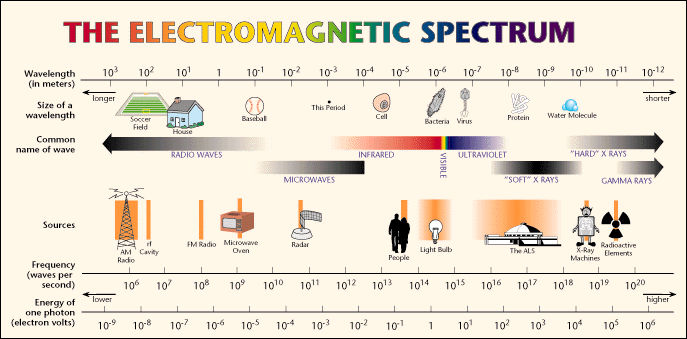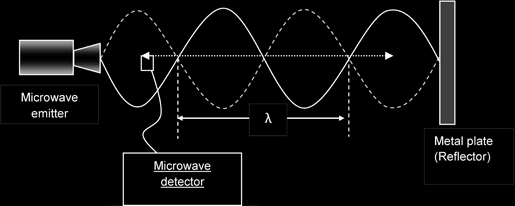
"Don’t try this at home!" This is the usual lament heard on TV or internet programs to warn against imitating a dangerous activity that you just saw. However, for my blog post today, I will be writing about something you should try at home! A fun, engaging experiment that enables you to determine the speed of light as Galileo Galilei, Hippolyte Fizeau, and Albert Michelson all did.
As a high school math and science teacher, it’s always fun to take the science out of the classroom and into the home have a science and math activity that can involve the whole family during Thanksgiving break, winter break or summer vacation! To perform this experiment, you will need your microwave, a bunch of marshmallows laid out flat on a microwave-safe surface, and a toothpick to poke the marshmallows with.
Since microwaves are part of the electromagnetic spectrum, it travels through space at the speed of light (c) which is approximately 3x10^8 m/s or about 670,616,629 mph. They lie just after radio waves and before infrared light.

In order to test this out at home, lay out the marshmallows on a tray and place them in the microwave. You will need to remove the rotating plate from the microwave since the rotation of the base is to avoid hotspots from the waves, which is what we want to use to determine the value of c. All microwaves have a frequency which tells us the number of complete cycles there are in a second. These values are around 2450 MHz for microwaves (which is the same as the frequency of cordless phones and wifi routers, which explains why my wifi signal cuts out whenever the microwave is on!).
When using microwaves to heat things up, do you ever notice that there are some spots that are searing hot while some are still cool? This happens because the microwaves are interfering with themselves and forming an interference pattern. For your experiment, after removing the rotating tray from your microwave, place the marshmallows inside and set it on high for 30 seconds.

After carefully removing the tray from the microwave, use a toothpick to poke at different spots and try to identify the parts where it is soft and gooey. Where it melted represents a hotspot. The cool spots would be where the marshmallows are still firm. When waves interfere they form standing waves and the top parts of the wave, called the antinode, are the hotspots where constructive interference takes place, while the middle points, called nodes, are the cool spots where destructive interference occurred.
If we measure the distance between the hot and cool spots, that would represent half of a full wave, and using the wave equation c = fλ, where c is the speed of light, f is the frequency (2450MHz = 2.45x10^9 Hz) and λ = double the distance between the hot and cool spots, we can use a basic calculator and calculate c (with a margin of error of about 2%).
It is quite amazing that we are able to accomplish this right in our home kitchen! It’s even better when it turns into an opportunity to engage and excite young minds home for the holidays. And as for those that choose to engage with their smartphones instead, the wifi signal might be messed up as you try to refresh your Instagram feed!